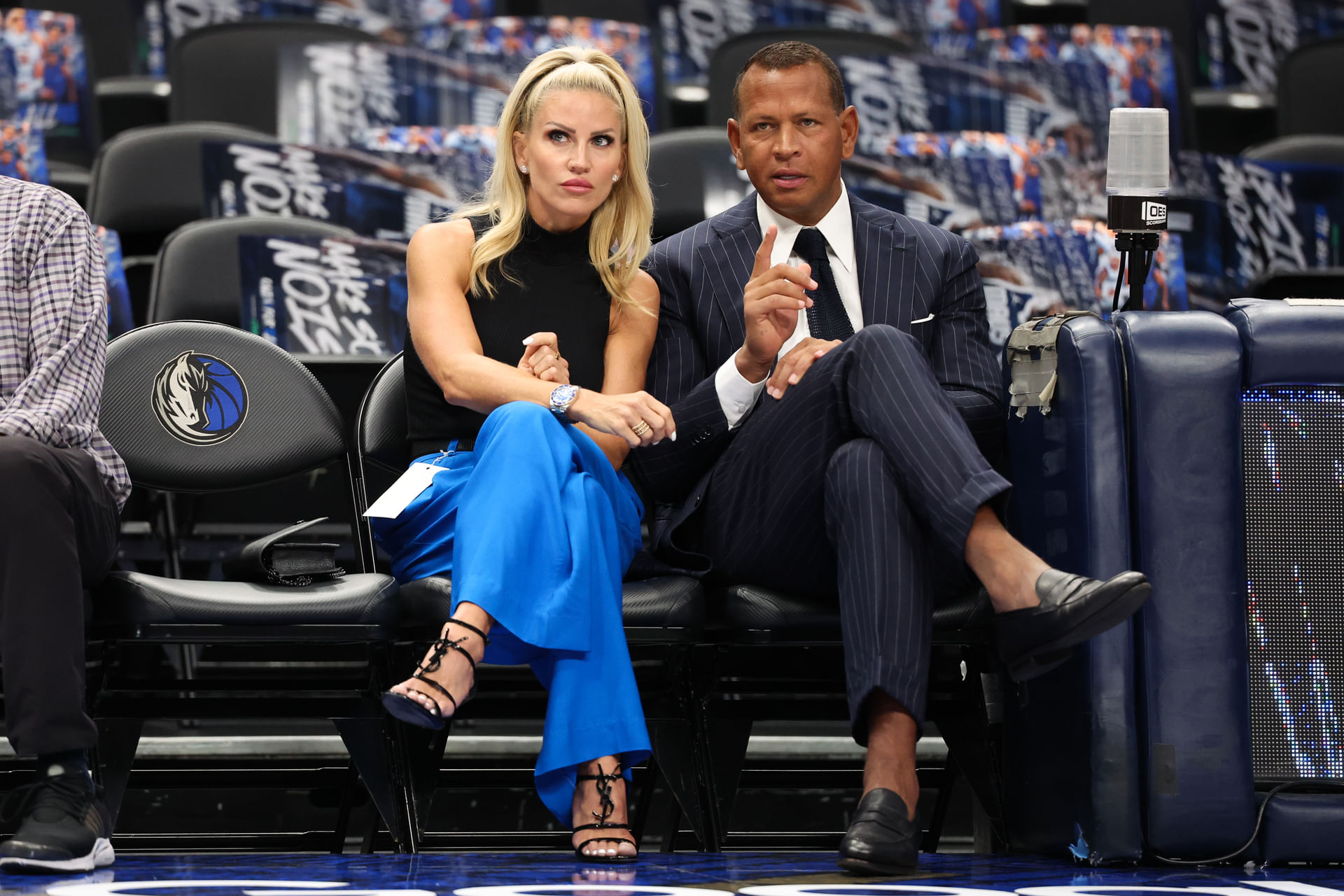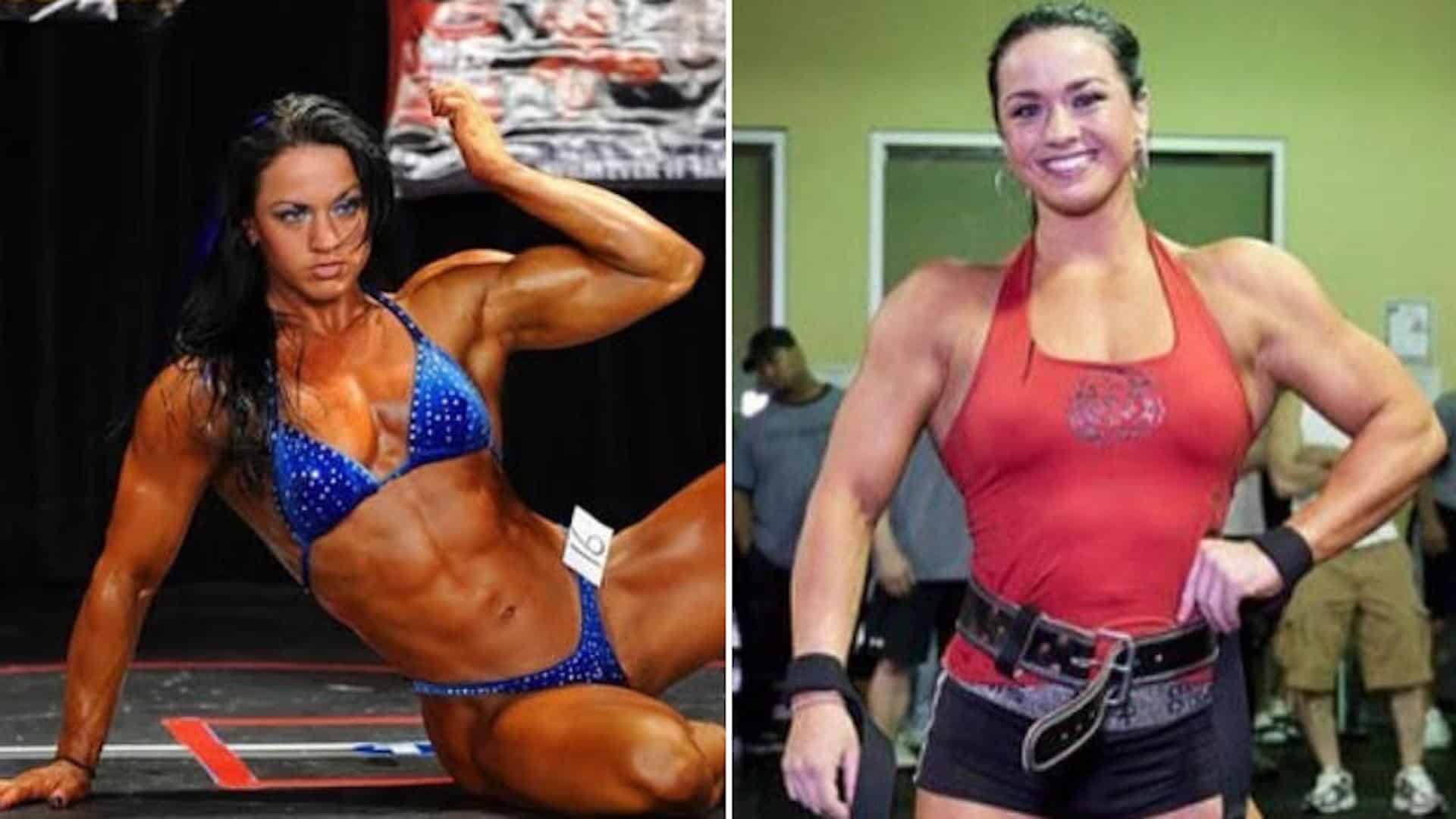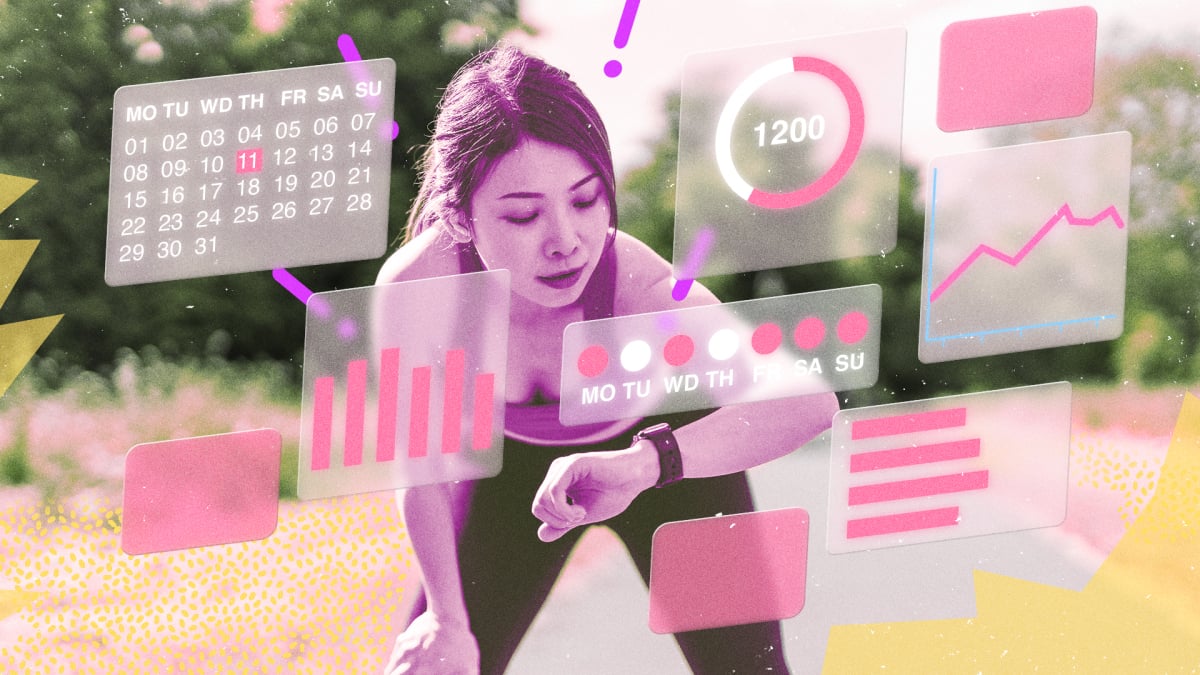Katriona O’Sullivan, the Maynooth University academic and author of the bestselling memoir Poor, posted an emotional video to her Instagram recently in which she recalls a note from her second-year school report in which her PE teacher describes her as “excellent at all sport”, “having a lot of talent” and “capable of performing at a high level at any sport of her choosing”.
She is sharing this reflection, she explains, in the context of writing about her body in her next book, Hungry. Within a year of that report card, she says, she was pregnant. After another year, she’d joined Weight Watchers, an experience which transformed her joyful experience of exercise into a commodified quest for weight-loss points, devoid of any of the pleasure – and sense of her own talent – that she used to derive from it.
The specifics of O’Sullivan’s personal story are her own but what she discusses here about the relationship between sport and adolescence will be recognisable to many women. The number of girls and young women who make it through puberty with their love of sports and exercise (for its own sake) intact is something that has been written about a lot recently. How many women who maintain an active participation in exercise share O’Sullivan’s experience of having what was once a carefree, joyful, or even competitive endeavour become a functionalist understanding of movement as primarily for the sake of weight loss or body transformation?
Whether it’s the anxieties that accompany the onset of periods (worsened by the wacky obsession with compelling girls to wear white shorts and skorts on competitive teams), or the targeting of advertising and marketing that seems designed to instil in us the idea that our bodies are little but passive shells for garnering the approval or disapproval of the external world – engaging in sports and exercise in our teenage years starts to feel like a social risk.
O’Sullivan’s words resonated especially for me after a week where I’ve had cause to reflect a lot on my relationship with sports. Last weekend, as a result of a very under-thought-out (and possibly slightly drunken) decision-making, I swam the longest distance (3.9km) on offer at the Gaelforce Great Lake swimming event on Lough Derg. Despite our creche’s summer holidays and the baby-sleep-eviscerating heatwave conspiring to ensure I had almost no rest or good sleep in the days running up to the event, I put in a perfectly decent performance.
There were various moments of thinking I was drowning, or believing a rescue kayak must be hovering behind me, and despite almost certainly swimming about two additional kilometres in zigzagging all over the place, I didn’t get anywhere near the 1.45 time cut-off beyond which they suggested people might be removed from the water for their safety. Given the balmy conditions, this was probably an empty threat anyway. As I exited the water, a little boy put a medal over my cap-clad head, which my watching four-year-old daughter quickly snaffled for her neck. It’s hard to explain the extent of the pride I felt.
Having done no open water training for the swim, I am forced to conclude that this is something I might just be good at. I have passionately taken up pool swimming again since I saw Mona McSharry win her bronze in Paris last year. But when I reflect on why I left my swimming club the year I started secondary school, I remember it was about coping with being in togs at a time when I had come to regard my body as a site of big social embarrassment and shame. I know I was not alone in trading coaches to galas and goggles for long, lonely walks and compulsive bedroom sit-ups.
Perhaps it is in part shared history that explains the surge of women rediscovering competitive physicality via Hyrox, the competitive fitness trend, triathlons and open-water swimming in their 30s and beyond. We are clawing back a sense of our bodies as powerful instruments with a lot left to give, in the face of a media landscape constantly telling us that our physical stock is plummeting – and that we should focus on saving ourselves with hormone health, expensive supplements and everything from naturopathy to invasive surgery.
When I finished that race, I sent people post-race photographs of me and the medal thief. I cannot imagine a scenario in which I would willingly send someone photographs of myself in a swimsuit, except one in which my engagement with my body as something I do things with (instead of a thing that might look good or bad) had been swung back in the right direction.
We are living through a deepening crisis about girls’ exposure to online and offline messaging that is damaging to their sense of their bodies and what they are for. And so we need to make it as easy as possible for them to stay involved in activities that push back against this understanding of their bodies as objects of scrutiny they have to drag around with them. This involves giving much more space to highlighting women’s achievements in sports and physical pursuits, so that young girls have some counterweight against a media landscape heaving with Kardashians, influencers and body-as-object messaging.
It also involves making participation in sport varied, accessible and cheap. And it means ensuring that women’s routes back into sport later in life aren’t prohibitively expensive, or impossible to fit into professional or maternal lives.



